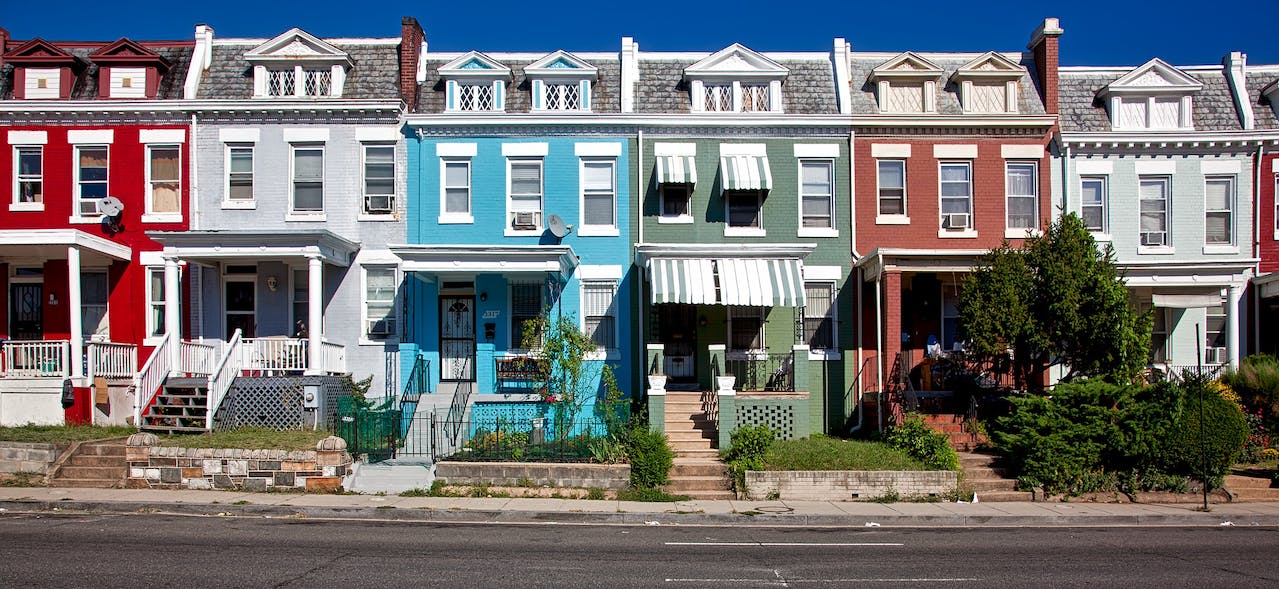In a resounding affirmation of the red-hot US housing market, home prices have surged to another record high in August, pushing affordability to an unprecedented low. According to the latest data from the S&P CoreLogic Case-Shiller National Home Price Index, home prices continued their relentless ascent, showing a month-over-month increase of 0.9% in August, and a 2.6% annual increase when adjusted for seasonality. These figures reflect seven consecutive months of price appreciation, culminating in an all-time high for the index in August.
The Case-Shiller index, which tracks existing home prices in the nation’s 20 largest cities, also demonstrated robust gains, with a 1.0% surge in August compared to July. This exceeded the Bloomberg consensus estimate of 0.8% and represented a 2.2% increase from the previous August.
August’s remarkable surge in home prices highlights the relentless demand for housing, which continues to outstrip the available supply, even as the cost of homeownership becomes increasingly burdensome.
Craig J. Lazzara, the Managing Director at S&P DJI, observed, “One measure of the strength of the housing market is the relationship of current prices to their historical levels. On that dimension, it’s worth noting that the National Composite, the 10-City Composite, and seven individual cities (Atlanta, Boston, Charlotte, Chicago, Detroit, Miami, and New York) stand at their all-time highs.”
He continued, “On a year-to-date basis, the National Composite has risen 5.8%, well above the median full calendar year increase in more than 35 years of data.”
Chicago led the pack for the fourth consecutive month with the highest year-over-year price gains among the 20 cities in August, recording an annual price gain of 5%. New York and Detroit followed closely, boasting growth rates of 4.98% and 4.8%, respectively.
Lazzara also pointed out, “Observing the breadth of price changes provides insight into another dimension of market health. On a seasonally adjusted basis, prices increased in 19 of 20 cities in August (with Cleveland only narrowly missing the mark); before seasonal adjustments, prices rose in 13 cities.”
However, the rising home prices, combined with higher mortgage rates, have pushed the affordability of homes to a historical low, according to the National Association of Realtors (NAR). The NAR’s affordability index plummeted to 91.7 in August from 93.9 the previous month and 110.5 a year ago. This marked the lowest point on record dating back to 1989.
A value below 100 on the affordability index signifies that the typical family cannot afford a median-priced home. The index measures the ability of a typical family to allocate up to 25% of their qualifying income to a median-priced home mortgage with a 20% down payment.
The surge in mortgage rates played a pivotal role in this decline, with the average mortgage rate spiking to 7.15% in August from 5.29% the previous year. This not only directly impacted mortgage payments but also indirectly contributed to rising home prices. Many potential sellers are holding back from listing their homes due to their desire to retain their current low mortgage rates and avoid obtaining a new home loan at substantially higher rates, leading to a supply bottleneck in the market.
Hannah Jones, Senior Economic Research Analyst at Realtor.com, noted, “Despite a drop in buyer activity, low for-sale inventory kept competition fierce in many areas, which propped up home prices.”
Experts believe that this trend may continue, with CoreLogic predicting a 0.2% increase in home prices in September from August, and a year-over-year price acceleration of 3.4% expected from August 2023 to August 2024. Selma Hepp, Chief Economist for CoreLogic, commented, “While continued mortgage rate increases challenge affordability across US housing markets, home price growth is in line with typical seasonal averages, reflecting strong demand bolstered by a healthy labor market, strong wage growth, and supporting demographic trends.”
The trajectory of mortgage rates will remain a critical determinant of future price movements. Recent weeks have seen the average rate on a 30-year mortgage steadily climb toward 8%, driven by the yield on the 10-year Treasury, which briefly exceeded 5% for the first time in 16 years.
While rates are expected to remain “higher for longer,” according to the Federal Reserve’s recent communication, the complex interplay of factors, including inflation concerns, fiscal budget balance, and the potential for a government shutdown, makes it challenging to predict with certainty where rates and home prices will head in the coming months. Nathaniel Bittman, President of the Florida Association of Mortgage Professionals, cautioned, “There’s so much instability in the markets right now, with so many moving pieces; there’s no telling where rates are going to go.”
In conclusion, as home prices soar to historic highs and affordability reaches unprecedented lows, the US housing market remains a dynamic and evolving landscape, with the future trajectory subject to various economic factors and uncertainties.
Source: Yahoo Finance



